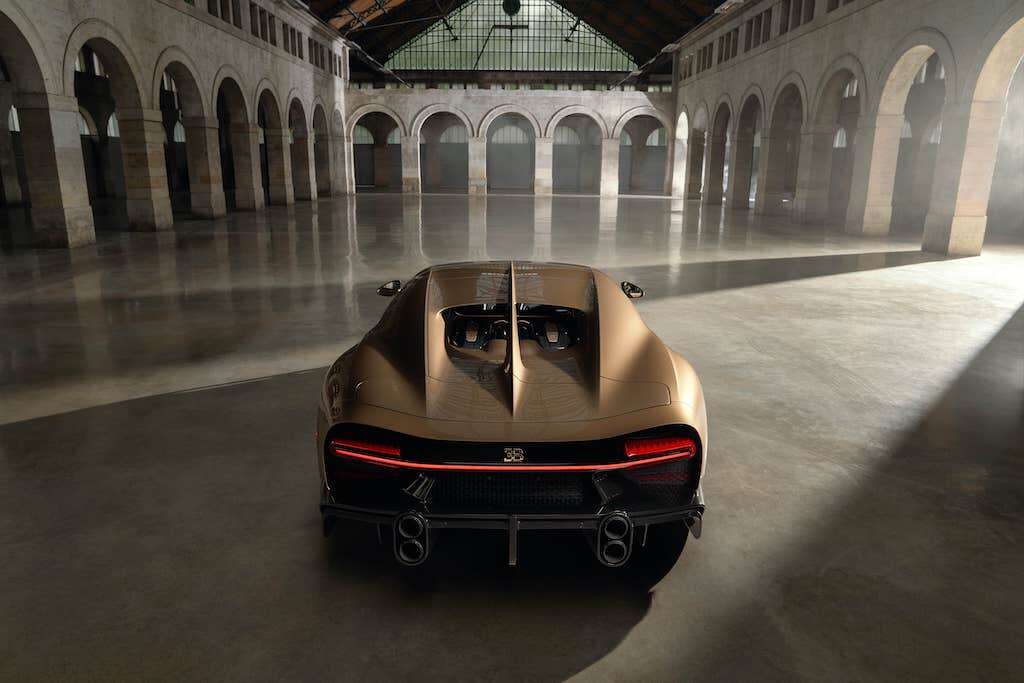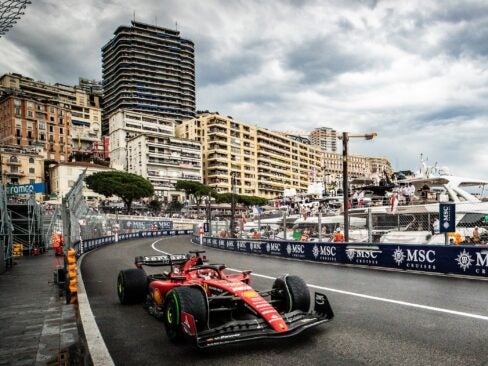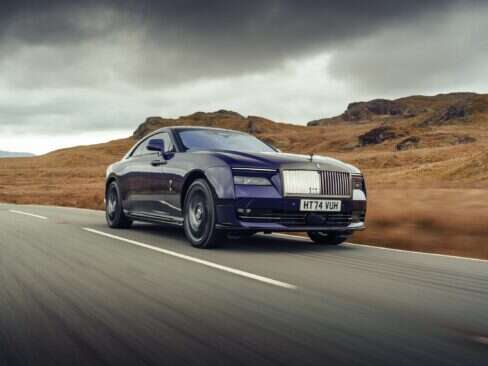Surpassing the power and prowess of supercars, hypercars belong in an even more rarified class of automobile. Their existence elicits questions that often double as exclamatory sentences: How fast is it?! It does what?! This duo of hypercars — one electric, one internal combustion — redefine boundaries and push possibilities.
Pininfarina Battista
“It’s better if you start from a full stop,” the engineer in the passenger seat advised. Hands at nine and three, full exhale. “All clear,” the professional Italian race car driver exclaimed into the walkie-talkie.
On an undulating road deep in Southern California’s Santa Monica Mountains, experiencing the full expression of the all-electric, 1,900 hp Pininfarina Battista is a breathtaking, cheek-flapping delight. The first time feels unreal. Even after the comprehension of Battista’s one motor for each wheel (which combined allows for a top speed of 217 mph) sets in, digesting a statistic like 0-60 mph in 1.79 seconds is very different than swallowing it in real time.
[See also: Aston Martin DBX707: In a Class of Its Own]
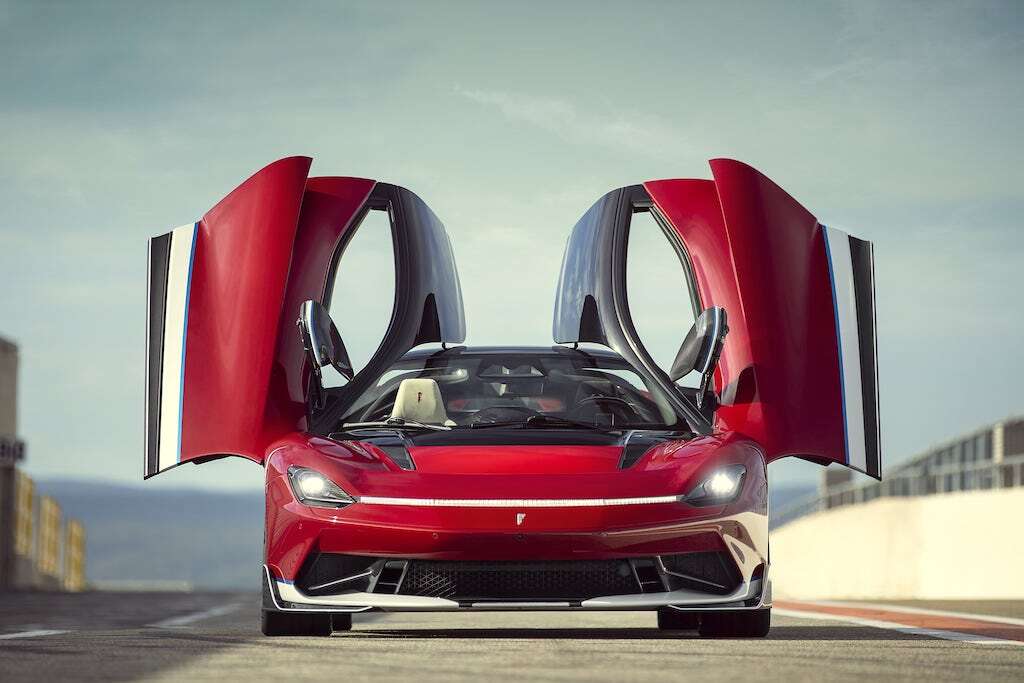
Named for the company’s founder, Battista ‘Pinin’ Farina, the hypercar marks the Italian design studio’s first in-house production vehicle in its 93-year history. Although now owned by India’s Mahindra Group, throughout the 20th century Pininfarina continuously collaborated on exterior bodywork and styling with Ferrari (288 GTO), Alfa Romeo (Giulietta Spider) and Maserati (GranTurismo), to name a few.
For its namesake debut, the company partnered with Rimac on the carbon-fiber monocoque chassis but its exterior design styling is proprietary. As is to be expected, Battista exudes an edited, composed set of lines that begin at the U-shaped nose, extend around the exposed carbon-fiber belly and end at the active rear wing. No need for superfluousness here.
[See also: First Drive: Does Rolls-Royce Spectre Live Up to the Hype?]

The all-wheel drive automobile features a double-wishbone suspension and semi-active dampers. Without losing power or control, Battista can flick between the five customizable drive modes (in order of intensity: Calma, Pura, Energica, Furiosa or the customizable Carattere).
The 120 kWh lithium-ion battery can go from 20% to 80% in 25 minutes (depending on the charger) according to the company. It also touts a 300-mile range, if driven conservatively.
From $2.2m, automobili-pininfarina.com
Bugatti Chiron Super Sport
There’s driving, and then there’s piloting the 8.0-liter, W16 engine Bugatti Chiron Super Sport. This hypercar requires an extreme amount of cooling — not just because of its 1,578 hp, but because the mid-engine vehicle breathes.
Inhalation comes via four, two-stage turbochargers and sequential boost. Exhales occur thanks to a vertically stacked quad tailpipe configuration that, quite unsurprisingly, does not blow fire.
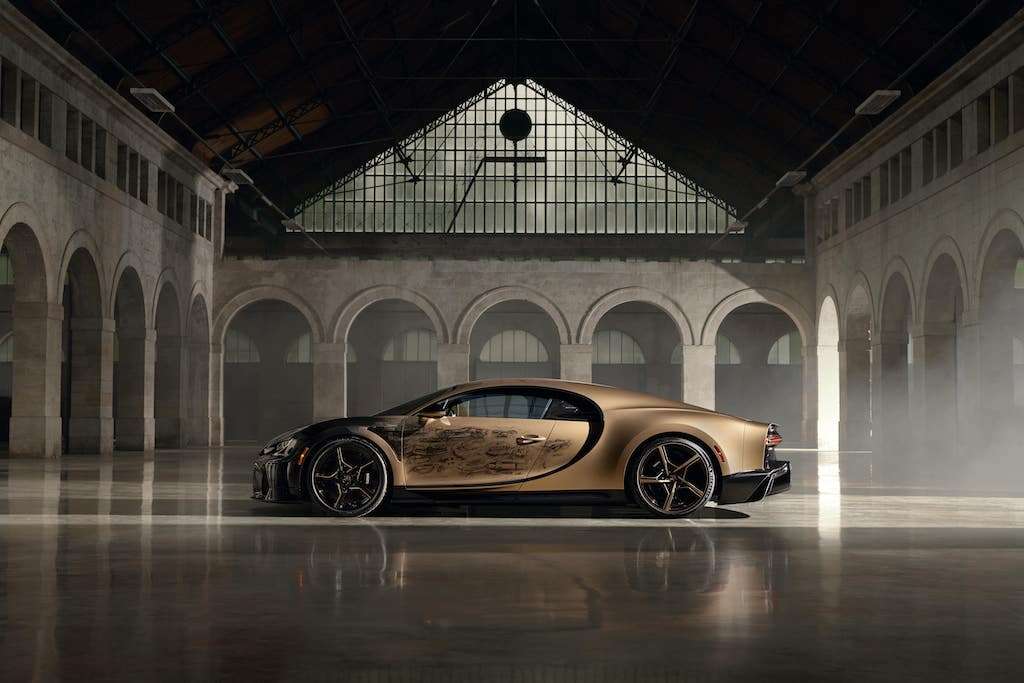
With an extended rear and modified front, a downforce-generating diffuser and a hefty amount of air intakes, airholes, side air curtains and drag-inducing wings, one can judiciously say the aerodynamics of the Chiron Super Sport are nuanced.
Although the brand notes that the new hypercar embraces “both luxury and comfort,” it’s advisable to find an empty highway or back road to test the ludicrous 7,100 max rpm. Perhaps a private track.
A mid-morning Friday jaunt through Beverly Hills on Sunset Boulevard, however, proved to be an exercise in patience rather than throttle control.
Exemplifying the Bugatti aesthetic, Chiron Super Sport retains its customary center console, complete with spherical buttons and knobs. When the engine evokes visceral reactions, the interior should remain tactile. The traditional swooping C-shape rear exterior language lives on, as does the pinched but never puckered taillight bar.
From $3.825m, bugatti.com





